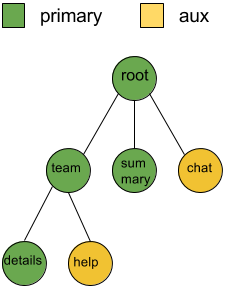Logging for Continuous Integration:

If you look at the title of this post, you’re probably thinking to yourself, “huh, that’s never really come up.” Of course, it’s possible that you’re not. But, in my travels as a consultant helping dev teams with practice and gap analysis, I’ve never had anyone ask me, “what do you recommend in terms of a logging solution for continuous integration?”
But hey, this is an easily solved problem, right? After all, continuous integration means
Jenkins, and
Jenkins has an application log. Perhaps that’s why no one is asking about it! Now, all that’s left is to sit back and bask in the glow of every compiler warning your application has ever generated since the dawn of time.








